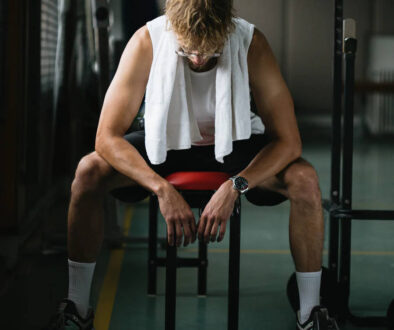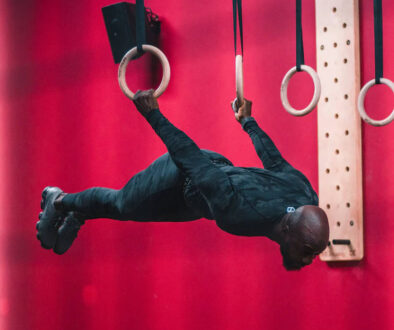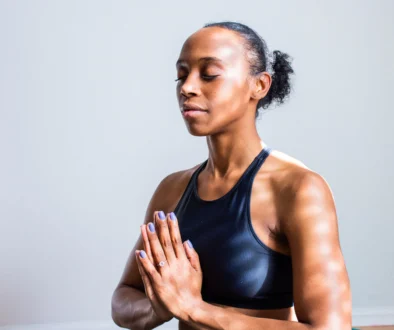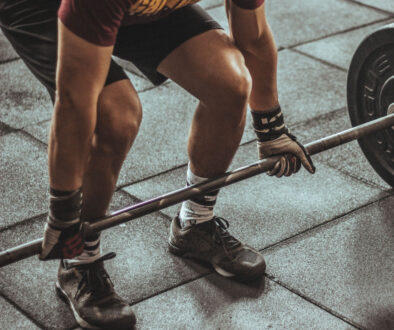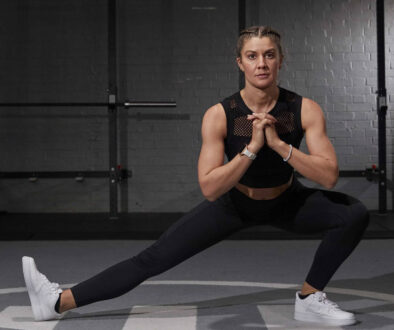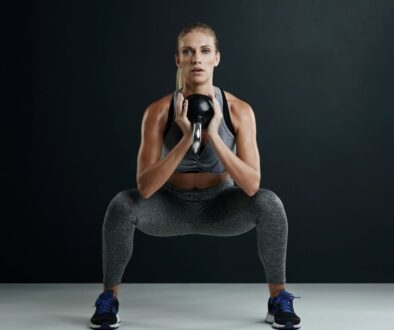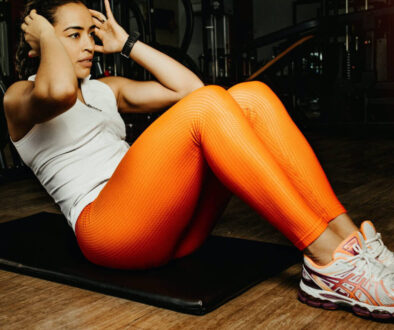Making The Most of Your Workouts: 5 ways to maximise muscular functionality
Sticking to the exercises we know, and those we can do best is always tempting in the gym. For many, developing our more glamourous muscles is a much more attractive proposition than just working on cardio.
However, a growing movement in exercise is now promoting the development of a functional and well-rounded athlete. This can provide certain benefits, physically and psychologically, yet a lot of fitness goers are not aware of how to adapt their training or of the benefits of doing so.
Across elite sport, this concept is being adopted to help the development of young athletes, and some aspects are beginning to be adapted into amateur sports and fitness training.
What’s the benefit of increased functionality
Increased functionality in fitness terms focuses on not just being big, or just being fast, but being fast, strong, toned, and flexible.
One of the major benefits of this is reduced injury risk. Over training one area can cause overuse injuries. By spreading the training load, and adding more flexibility and balance work, you protect yourself from strains and injuries.
Adjusting your workout methods to develop functionality can decrease the likelihood of burnout too. This can increase motivation and emphasize enjoyment and add variation to workouts. By focusing on a range of exercises, the risk of burnout, overexercise, and lack of motivation is reduced.
This makes it easier to stick to your workout plan and continue working towards your fitness goals.
Top 5 Ways to Maximise Muscular Functionality
So here are 5 methods you can use to improve your functionality and develop all-round movement.
1. Bodyweight Exercises
Bodyweight exercises are great for building strength without the need for weights. Using bodyweight alone you can enhance any muscle and tone every part of your body.
The most obvious benefit of bodyweight exercise is that you can do them anywhere. You don’t need weights, resistance bands, you don’t even have to wear workout clothes, just find a small space and perform a few exercises. So, no excuses now for not doing your daily workout.
Bodyweight exercises, and particularly plyometrics and explosive-type activities, can improve strength very quickly. They can provide fast results, enhancing speed and increase strength. You can dramatically increase strength and sprint performance by combining resistance training and plyometrics in as little as 6 weeks.
Even just adding a few plyometric exercises as part of a bench press or hack squat routine can greatly increase strength.

By making small modifications to your exercises as you get stronger and fitter, bodyweight exercises work for any level of fitness. You can adapt most to make them harder or easier by changing reps, body position, or changing the length of breaks between sets.
Balance and flexibility are often overlooked in the gym. Weightlifting in particular places a specific focus on the trained muscles, so often a padded seat or armrest helps provide balance. As a result, there is little improvement in balance in weight training. By adding bodyweight training to your fitness routine, you can greatly improve your balance, functionality, and flexibility.
2. Incline Trainers
Gliding incline trainers are becoming a staple part of home gyms these days. They are a fantastic, low-impact way of toning muscle and building strength. Crucially, they offer the opportunity to develop and work almost any muscle from the shoulder right the way down to the calves.
They aren’t useful for getting big, but for defining muscle and building strength and flexibility gliding incline trainers are perfect. They offer a full range of motion and use bodyweight resistance to really push and define muscles.
Most incline trainers come equipped with a set of workouts you can do to help you get started. Using these as a starting point, you can start developing excellent workouts that target a wide range of muscles and movements.

3. Cardio/Strength workouts
By simply combining your cardio and strength workouts you can really develop athletic functionality, toning muscles, building strength, and increasing balance.
HIIT workouts using dumbbells are a great way of doing this. The use of dumbbells adds extra resistance which can tone and develop your muscles, whilst the high-intensity movements build balance and increase cardio. All the while you will burn loads of calories.
It’s best to start with a low-weight when doing this for the first time and build up gradually as you get stronger. This helps you ensure you are using the correct form and working the right muscles for each exercise.
Some good exercises for increasing strength, cardio, and mobility include:
- Squat into a shoulder press
- Reverse lunge into two bicep curls
- Press-up to row
In a HIIT format, these exercises should be performed as quickly as possible. Try to maintain correct form but don’t worry about holding at the top of the press up or bottom of the squat, just keep moving. I found throwing in a few bodyweight exercises alongside during your workout can work well too.

4. Participate in multiple sports
Different sports require different movements. In order words, the more sports you take part in, the greater range of muscles you will be using. There are a lot of shared fundamental movements, but specific techniques in sports require certain muscles that won’t be used in other sports.
Sport can also develop coordination, strengthen bodies, and promote physical fitness.
Participation in a variety has benefits beyond movement and using different muscles. Psychologically it can be a very rewarding learning and mastering new skills and often is a more enjoyable way of keeping active and maintaining fitness.
Sport has a massive social aspect too, particularly at an amateur level where joining a sports club or team can present a new social group, new friends, and more social interaction which many people can thrive off.
5. Positive mindset
A healthy mindset is vital when building any fitness. When developing functionality, results may not initially be as visually obvious, but if you’re training well and using the correct form the benefits will follow. It’s important to maintain a positive mindset and set yourself SMART (specific, measurable, adjustable, realistic, time-phased) goals.
Aspects like sleep are vital for maintaining a positive mindset, helping you be ready and prepared for what the next day throws at you. A healthy diet also contributes to a healthy mind so be sure to keep a close eye on your nutrition.
Doing things like taking notes of your exercise and which ones went well, which exercises felt good, and which ones didn’t is a great way of giving yourself focus for your workouts. Reviewing your goals at the start of the day can help you to re-focus as well.
Stress is another factor that can damage your mindset, and it’s worth looking at methods of de-stressing to help you stick to your fitness goals. Box breathing, visualization, meditation, and body scanning can all help you identify emotions and de-stress in your fitness journey.

Final Thoughts
If you can center your workout programs around these 5 methods, then you will be well on your way to developing a functional, healthy body. Enjoying your workouts and the fitness journey is a vital aspect too. Keeping a positive mindset using the strategies above plays a big role. Finally, making exercise a social thing by trying out different sports allows you the opportunity to interaction with others.





